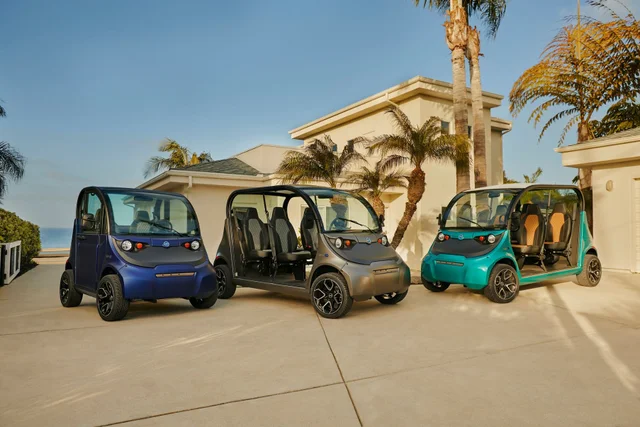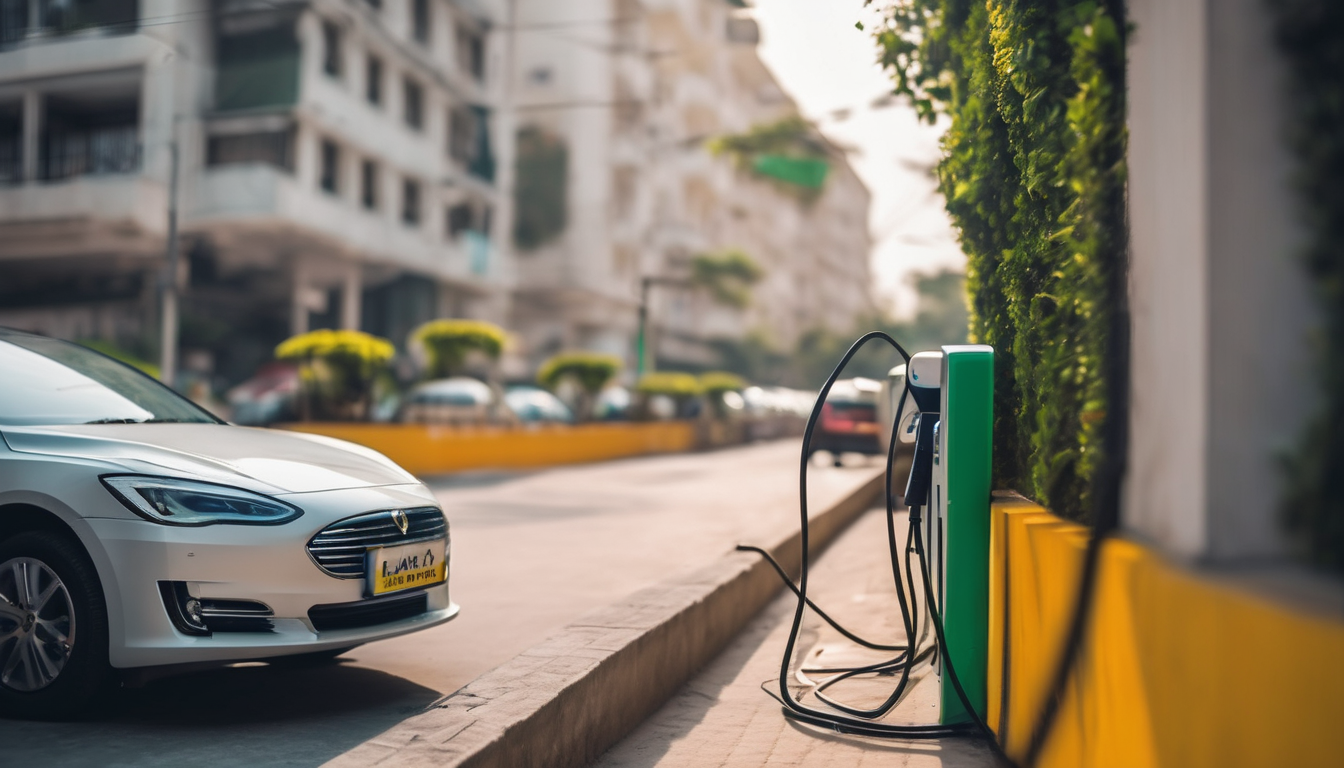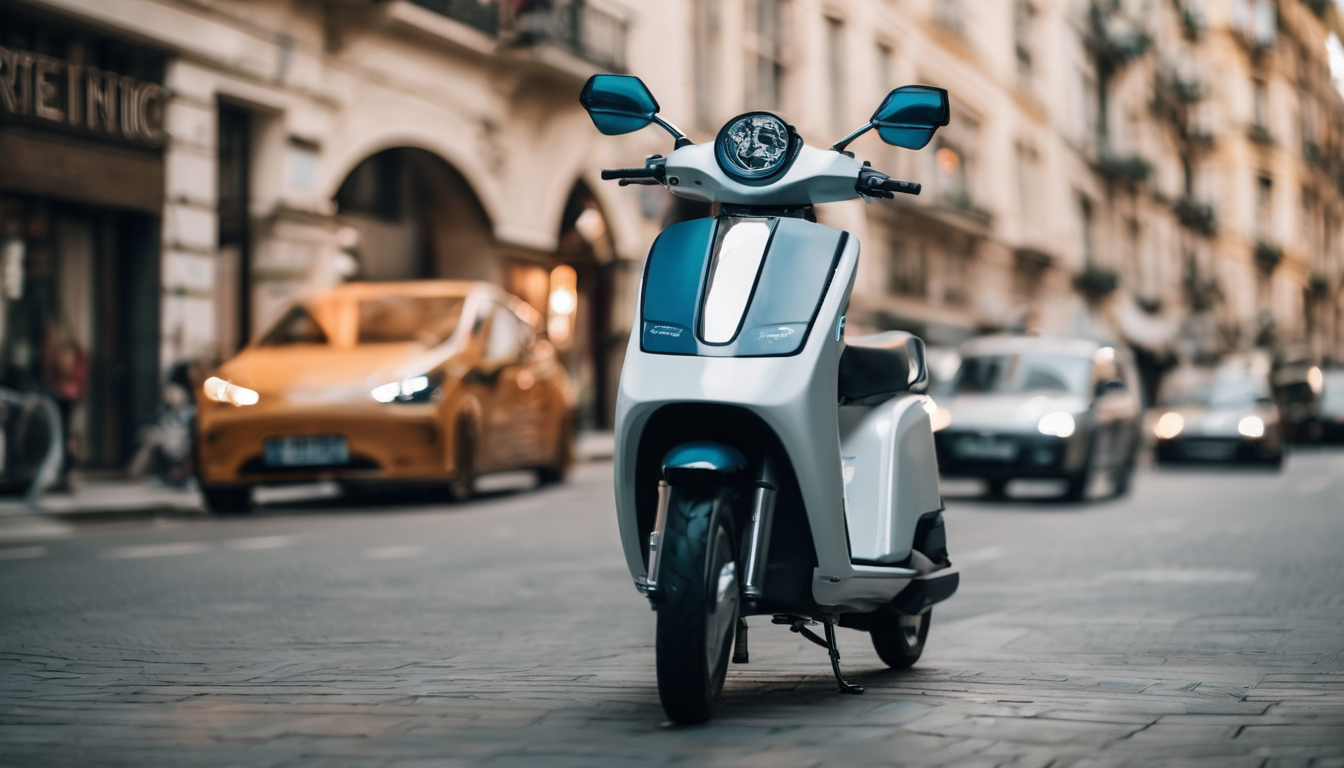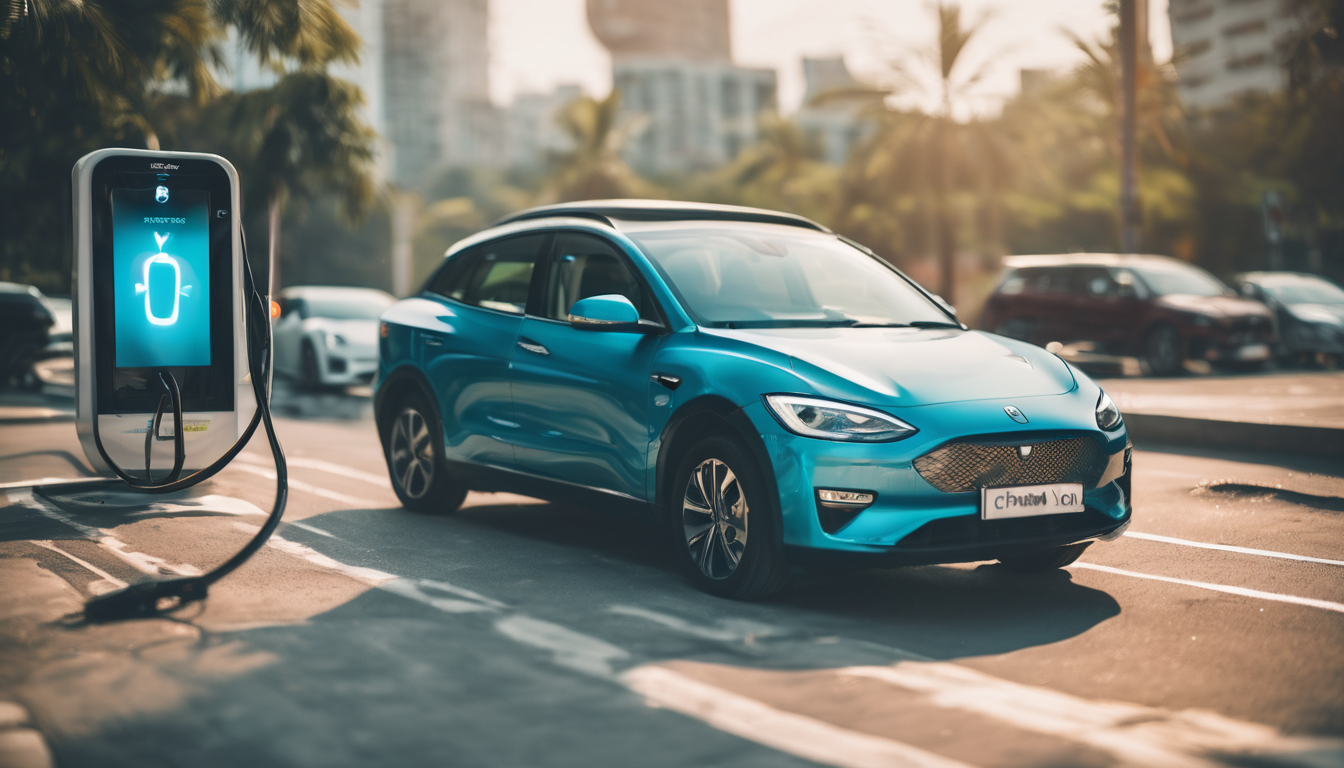As cities become more crowded and pollution becomes a growing concern, the need for eco-friendly and efficient transportation options has become increasingly important. One solution that has emerged in recent years is the use of Neighborhood Electric Vehicles (NEVs) – small, low-speed vehicles that are designed for short-distance travel in urban areas.
NEVs are a type of electric vehicle that is designed to travel at speeds of up to 35 mph, making them ideal for short trips within urban areas. They are often used for commuting to work, running errands, and other short trips that don’t require long-distance travel. NEVs typically have a range of around 30 miles on a single charge, which makes them perfect for city living where distances are shorter.
One of the key advantages of NEVs is their small size, which allows them to easily navigate through narrow streets and congested traffic. They are also lightweight, which means they require less energy to operate, making them more energy-efficient than traditional cars. NEVs emit zero emissions, making them a sustainable alternative to gas-powered vehicles and an important step towards reducing carbon footprints in urban areas.
Another advantage of NEVs is their affordability. They are typically cheaper to buy than traditional cars, and the cost of operating them is also lower. They require less maintenance, and the cost of electricity used to charge them is significantly lower than the cost of gasoline for traditional cars.
NEVs also have several safety features that make them a safe alternative to traditional cars. They are equipped with seat belts, mirrors, headlights, and taillights, just like traditional cars. They also have low-speed limits, which makes them safer to operate in congested urban areas where pedestrians and cyclists are present.
NEVs are becoming more popular in cities around the world, with many cities adopting policies to promote their use. For example, in France, the government provides subsidies to individuals who purchase NEVs. In the United States, some cities allow NEVs to be driven on designated roads, and some even offer free parking for NEVs in designated areas
Neighborhood Electric Vehicles are a sustainable and affordable solution for short-distance travel in urban areas. They are eco-friendly, energy-efficient, and offer several safety features. With the increase in urbanization and growing concerns over pollution, NEVs are becoming an important part of the future of urban mobility. As cities around the world adopt policies to promote their use, we can expect to see more NEVs on the roads in the years to come.






